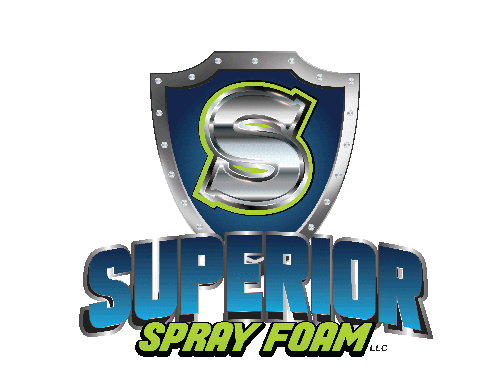Spray Foam Insulation: The Essentials

History
Otto Bayer (1902-1982) is credited with the invention of polyurethane in 1937. He succeeded in synthesizing polyurethane foam by exploring his basic idea that mixing small volumes of chemical substances could create dry foam materials.
Polyurethane was further developed for different applications, ranging from shoe soles and cushions to industrial uses. In the 1940s rigid foam was applied to airplanes, and in 1979 polyurethane began being used as building insulation.
Spray foam
Spray foam is a chemical product created by combining two materials, isocyanate and polyol resin, which come in liquid form in 55 gallon drums and react when mixed with each other via a proportioner “aka” a reactor then expands up to 30-60 times its liquid volume when it is sprayed onto a surface. This expansion makes it very useful as a highly effective insulating material that forms perfectly to the surface or substrate that it is applied to and produces a high thermal insulating value with virtually no air infiltration.
Spray foam is mixed on site then sprayed into the space between floors, into wall cavities, ceiling joists, and attic spaces, etc. To mix the chemicals (referred to as chemicals “A” and “B”) special truck or enclosed trailer mounted equipment is used to mix then convey the A and B components through special heated hoses to the spray gun where they are combined and then sprayed onto the surface to be insulated. As soon as the mixed compound hits the surface it begins to expand, making its way into even the tiniest crevices before hardening. There are two types of spray foam insulation which will be discussed in another section.
Although spray foam insulation has been in use since the 1940s, primarily for aircraft, for the past 30 years, continual product innovation has seen the increased adoption of spray foam insulation in residential and commercial construction. The rapid growth of sprayed foam insulation in building construction, thanks in part to its immediate and long-term benefits, has allowed the insulation material to sit confidently alongside traditional insulation types in providing thermal comfort for building occupants.
The types of spray foam insulation
Product innovation over the years has seen the introduction of several different types of spray foam insulation. Primarily in residential and commercial construction, open-cell and closed-cell spray foam is used while high-density spray insulation is used as roofing foam in commercial or industrial construction. Open-cell sprayed-in foam insulation, a soft low density material, is typically used for interior applications such as wall cavities, underside of roof decks, attics, basement walls and crawlspaces. The open cell structure of low density foamed insulation allows for moisture permeability to help contribute to moisture management and bidirectional drying of the wall assembly. Closed-cell spray insulation, a rigid medium-density material, can be used in exterior applications such as continuous insulation applications, as well as interior applications. This type of foam insulation has a higher R-value per inch making it also suitable for small areas that require the highest possible R-value to meet building code requirements. Closed-cell spray foam’s rigidity help reject bulk water making it a recognized flood resistant material from FEMA.
Foam insulation as an air sealing material
One of the key differentiators between traditional insulation materials and spray foam insulation is the latter’s ability to insulate and air seal. Foam insulation provides an air barrier to wherever it is applied to help mitigate air leakage from the building. Air sealing the building envelope with sprayed-in foam insulation also helps address moisture ingress to reduce the risk of mold and mildew growth as well as the formation of ice dams in colder climate zones during the winter months. When you compare foam insulation with traditional fiberglass insulation and cellulose insulation, sprayed insulation minimizes air infiltration, it assists in limiting moisture vapor from entering and escaping the home, which in turn reduces the load on heating and cooling systems. Below is a video that compares fiberglass, cellulose and open-cell spray foam in terms of insulating and air sealing value.
